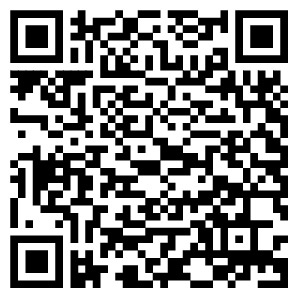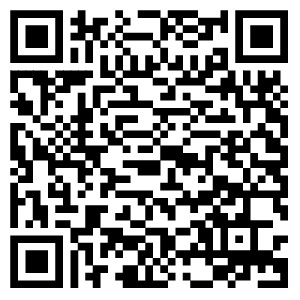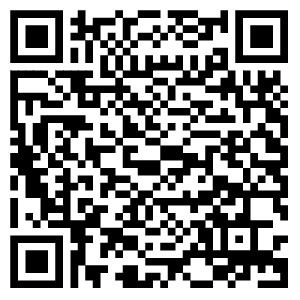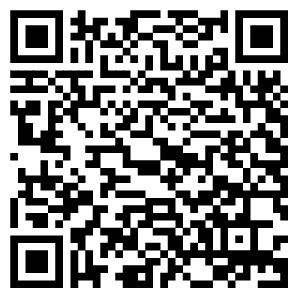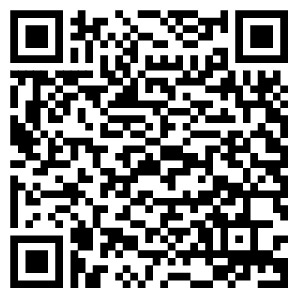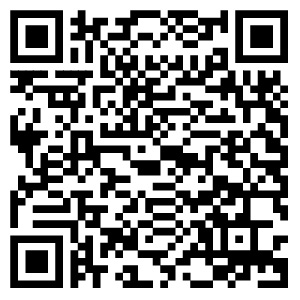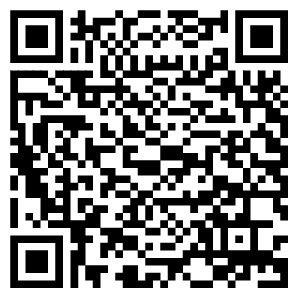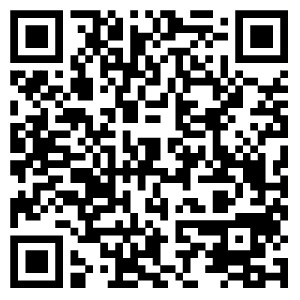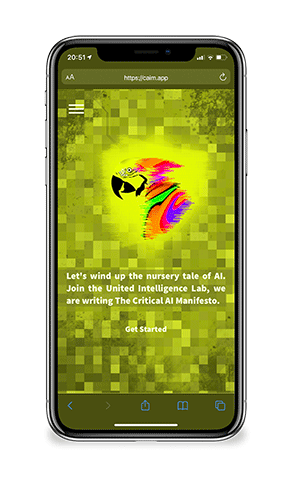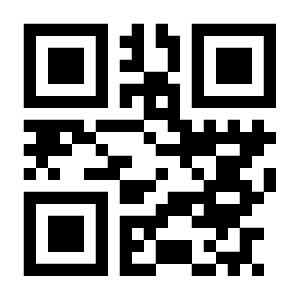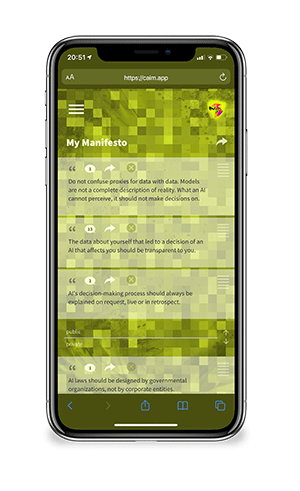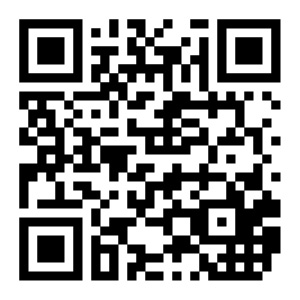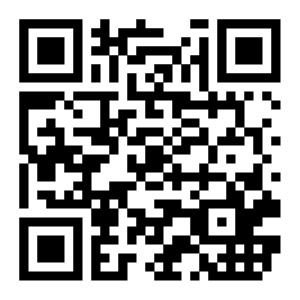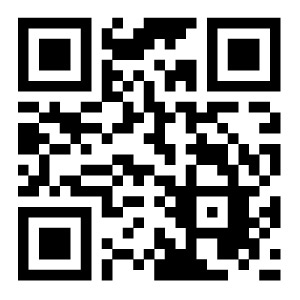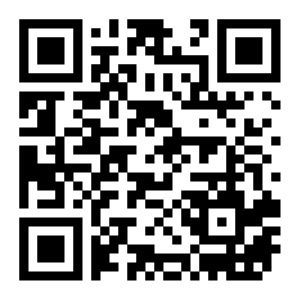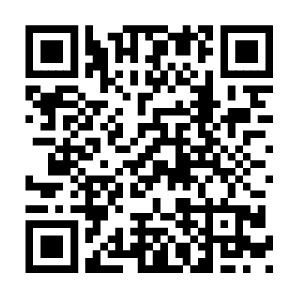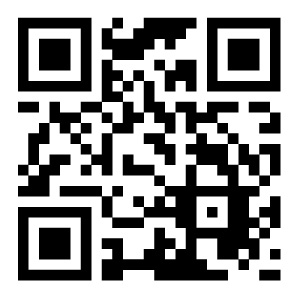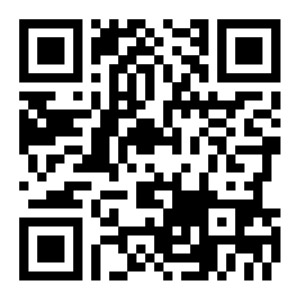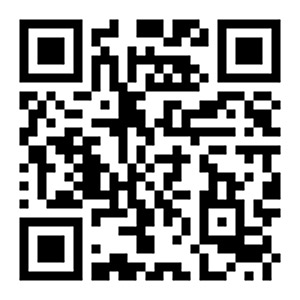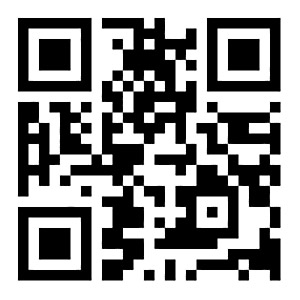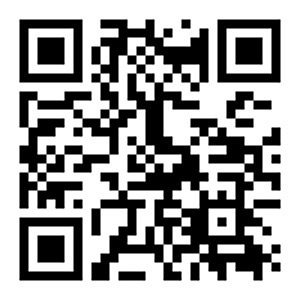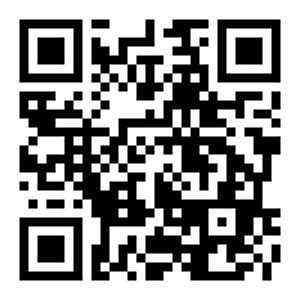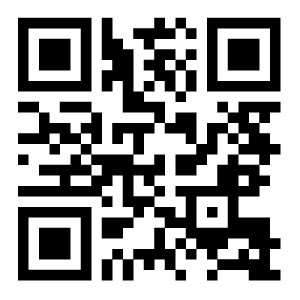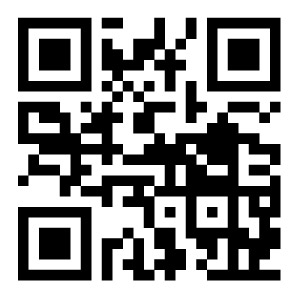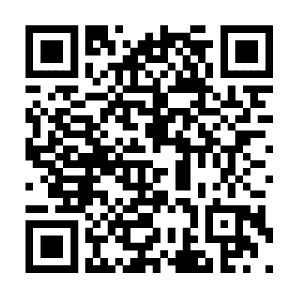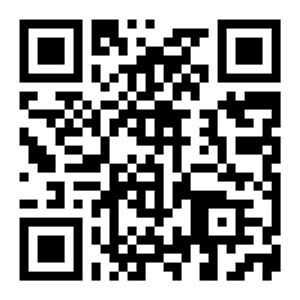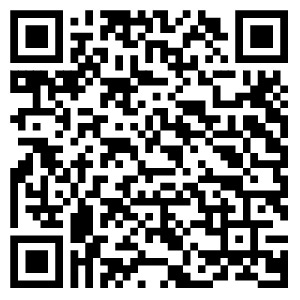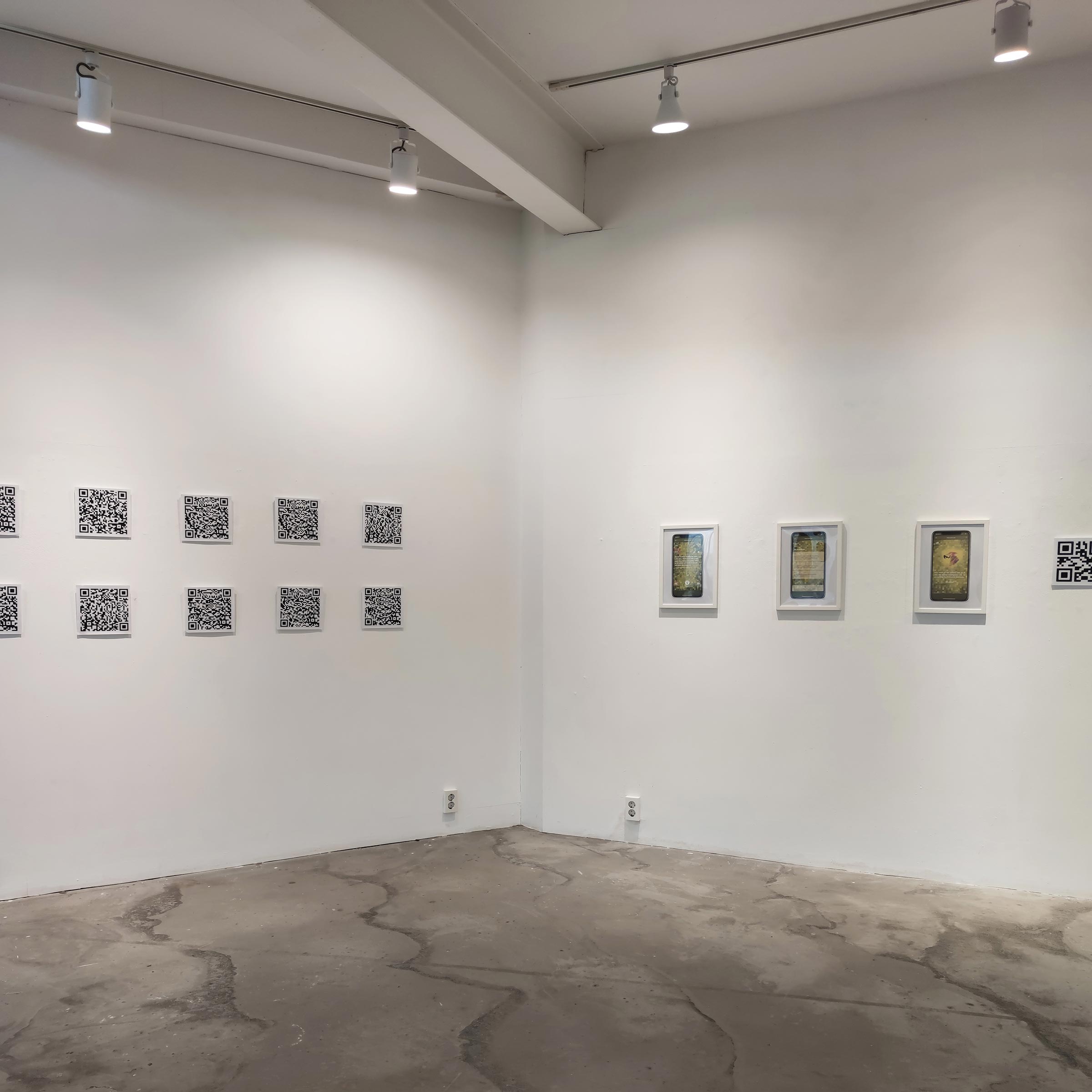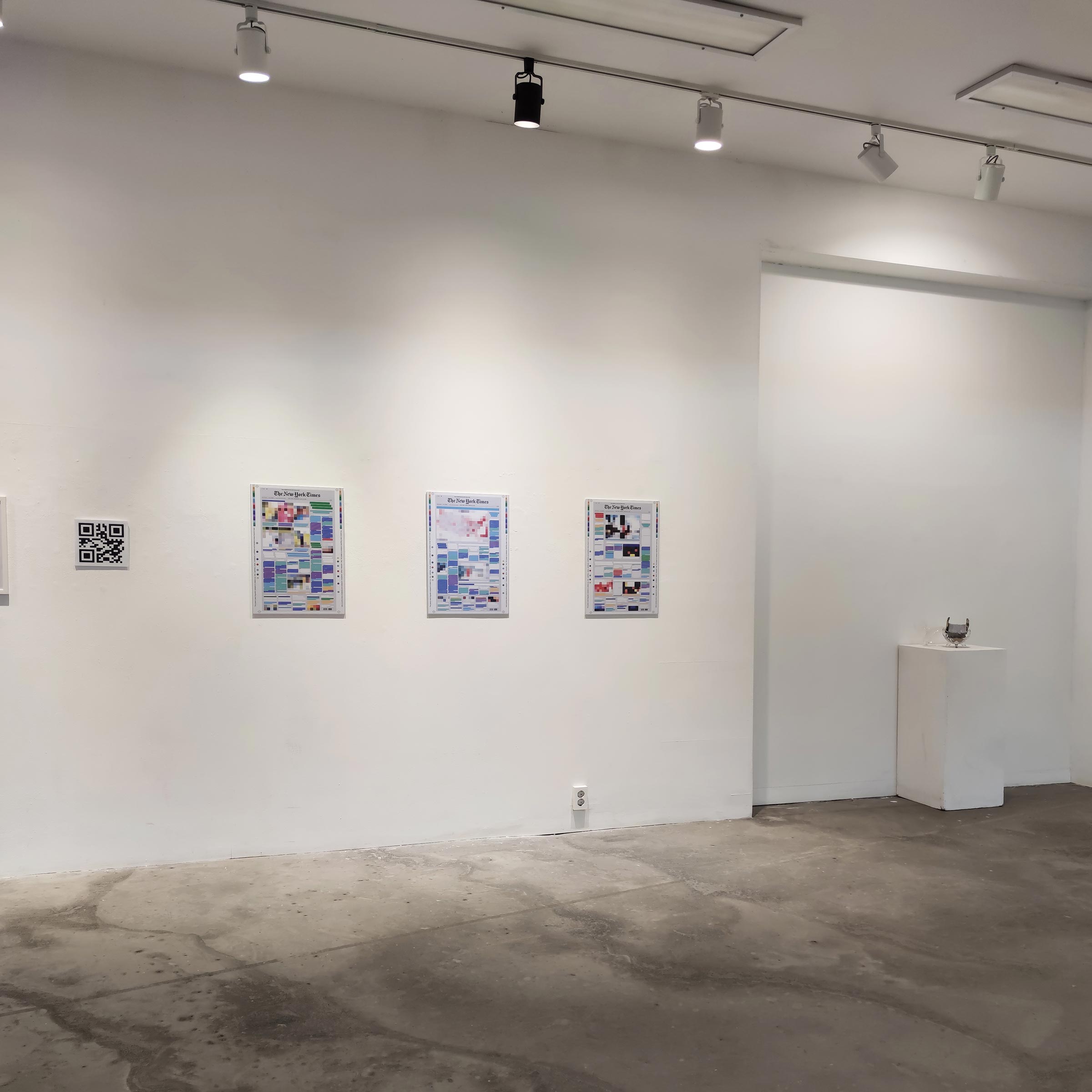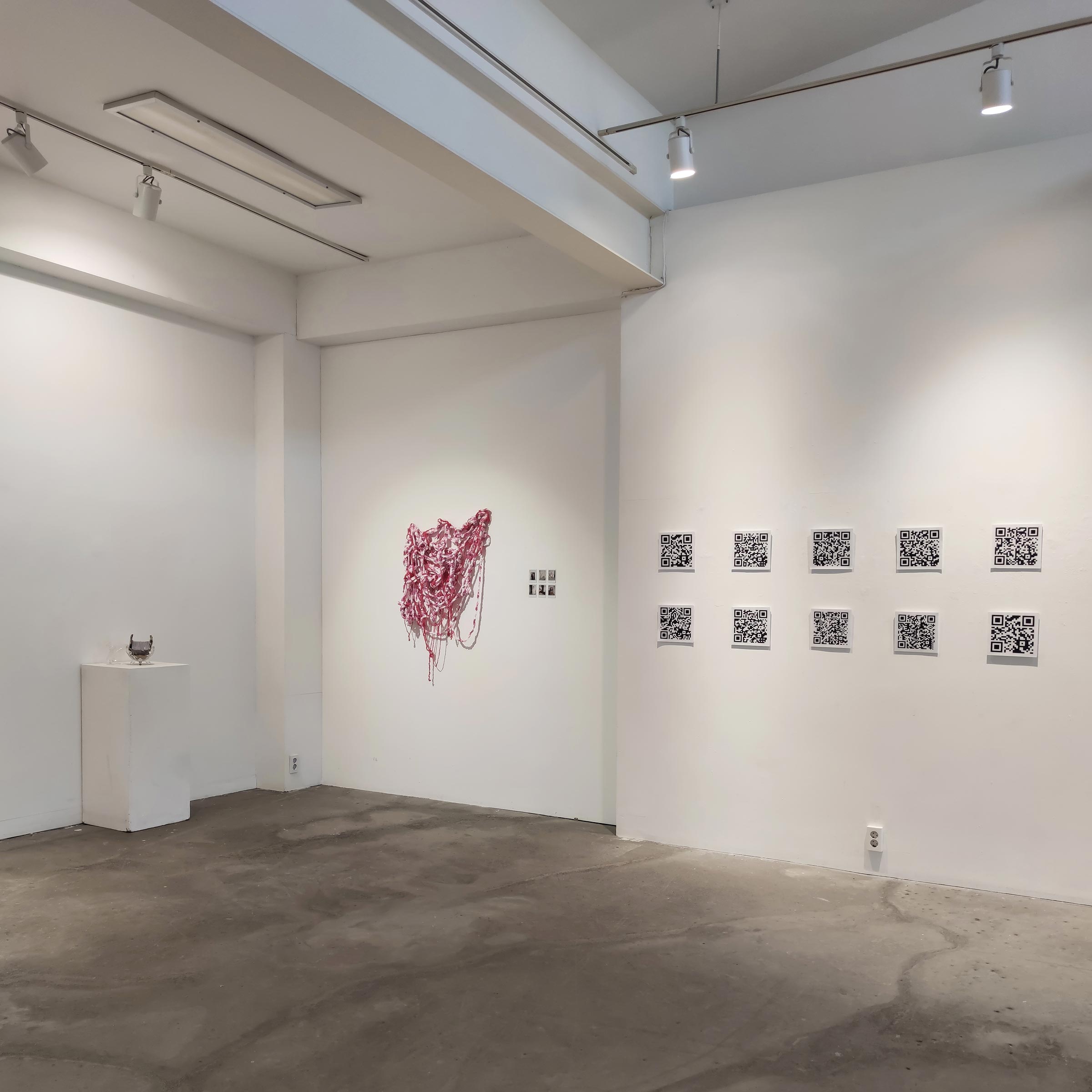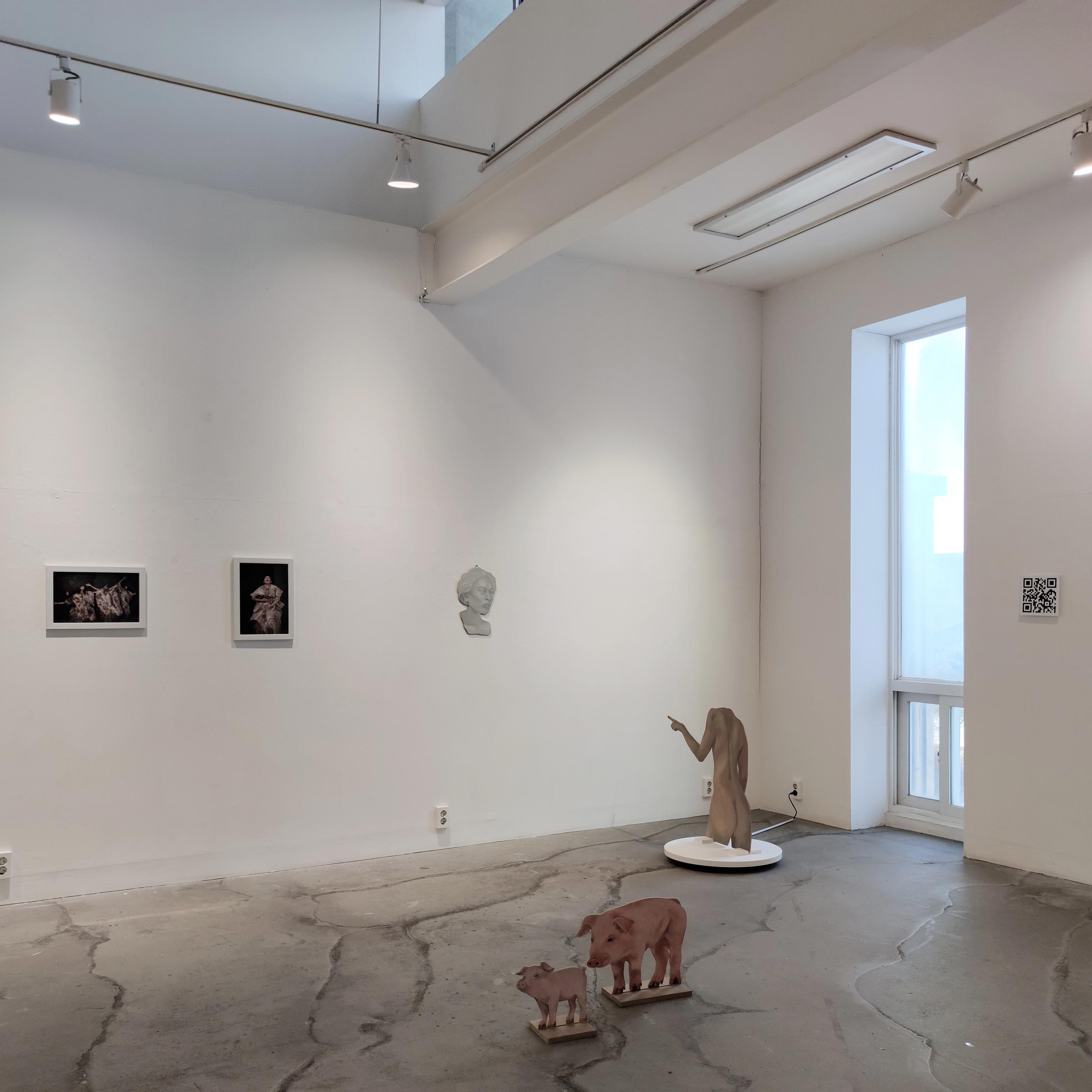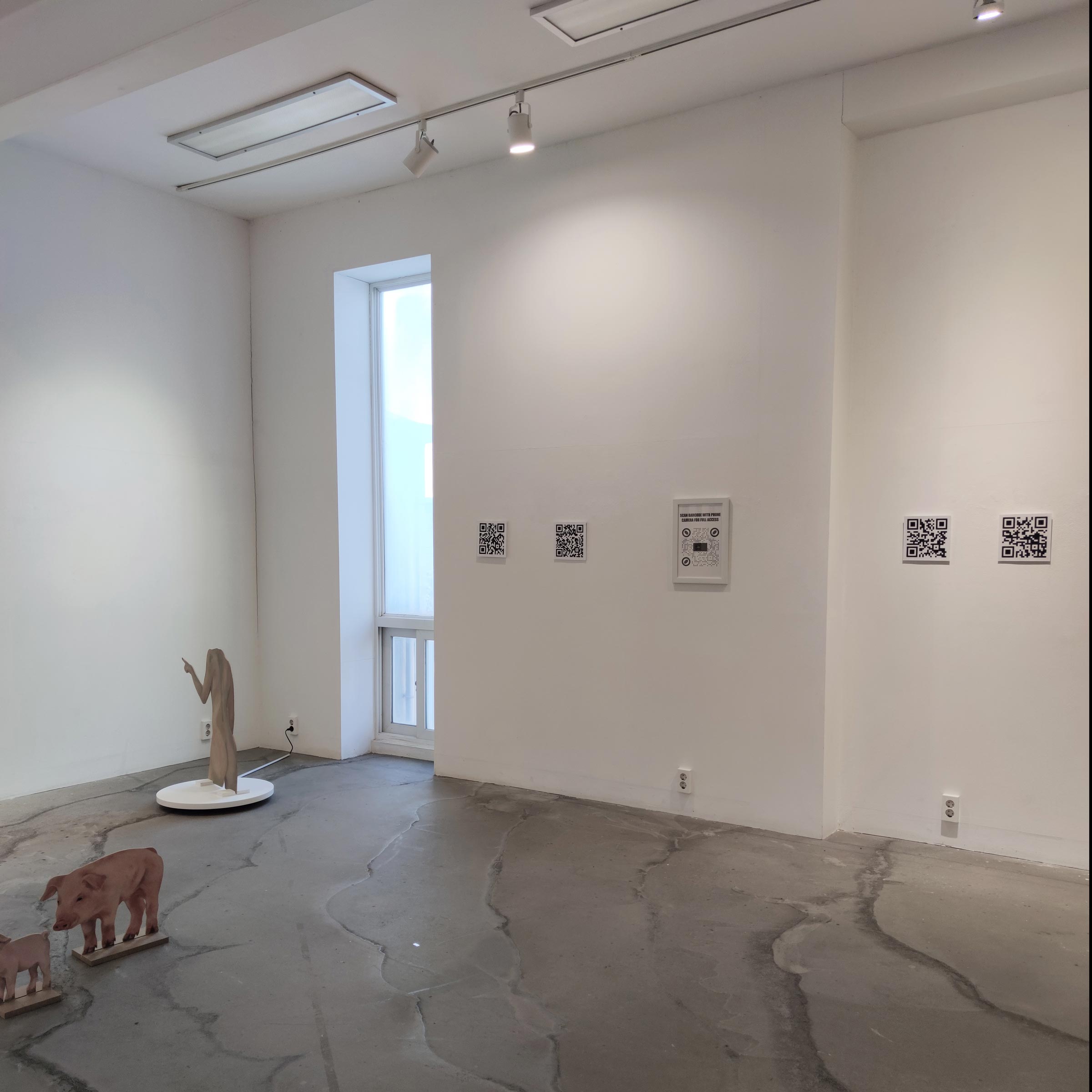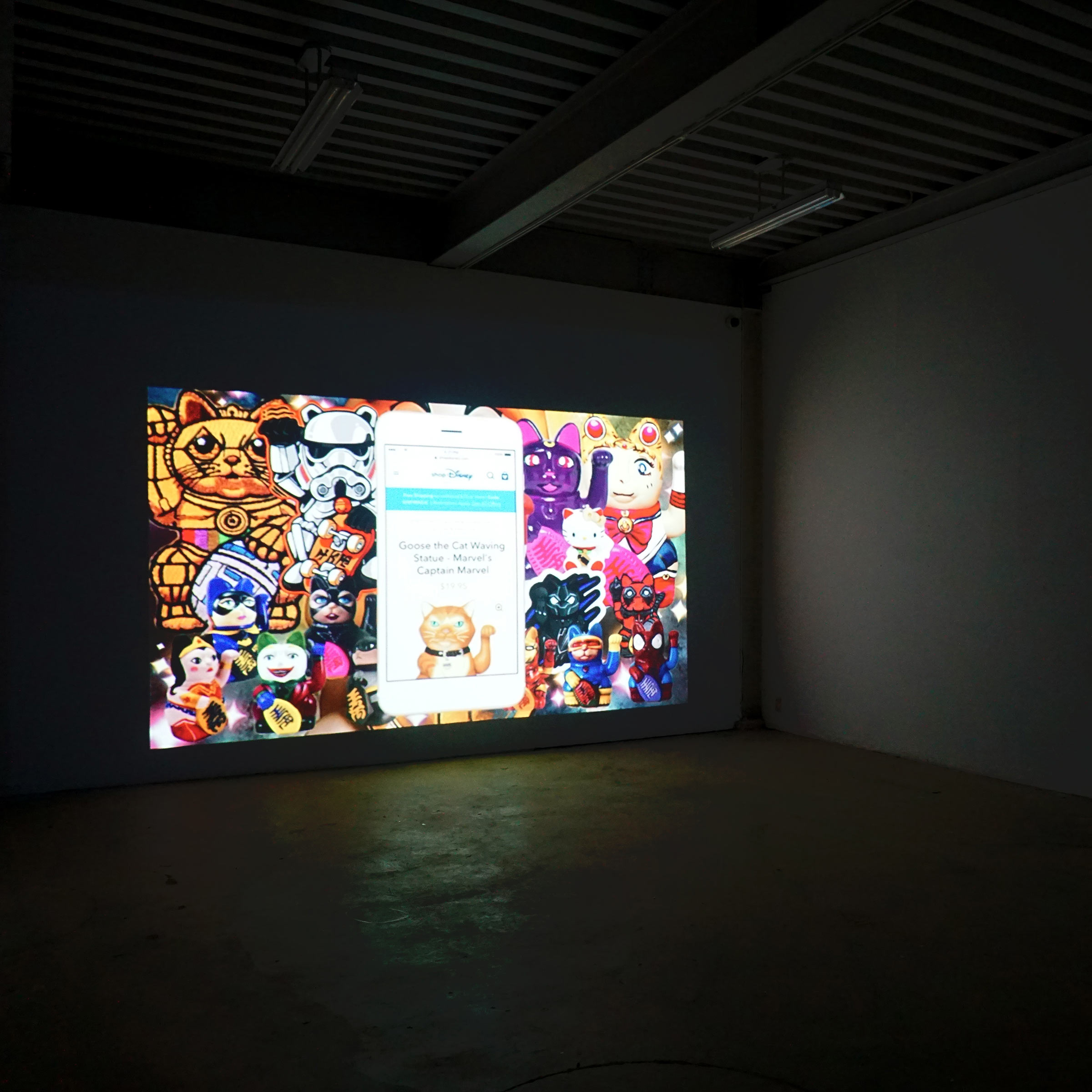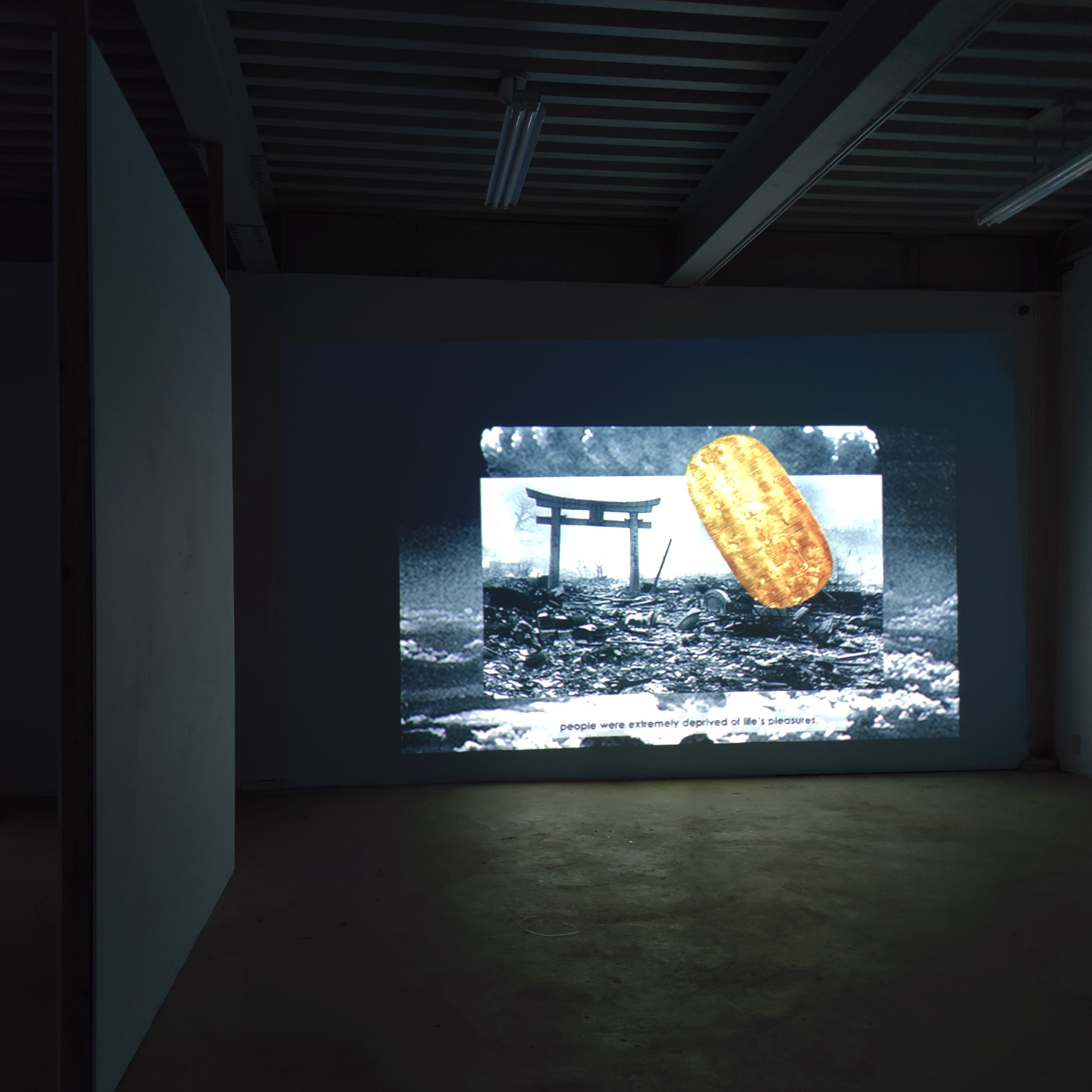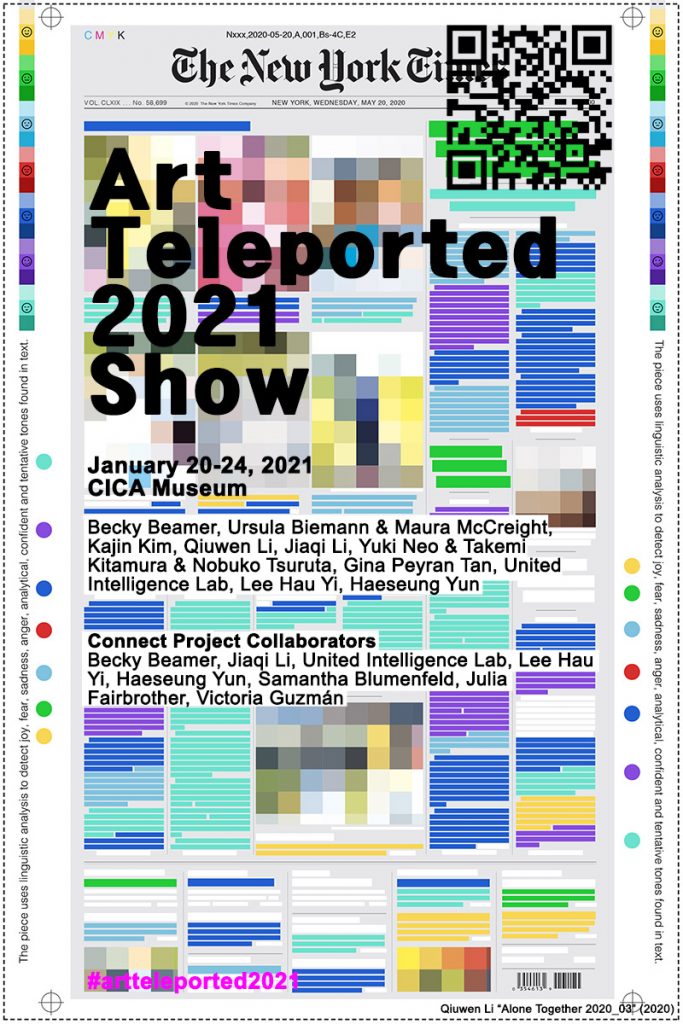
January 20-24, 2021
CICA Museum
Becky Beamer, Ursula Biemann & Maura McCreight, Kajin Kim, Qiuwen Li, Jiaqi Li, Yuki Neo & Takemi Kitamura & Nobuko Tsuruta, Gina Peyran Tan, United Intelligence Lab, Lee Hau Yi, Haeseung Yun
Connect Project Collaborators
Becky Beamer, Jiaqi Li, United Intelligence Lab, Lee Hau Yi, Haeseung Yun, Samantha Blumenfeld, Julia Fairbrother, Victoria Guzmán
Lee Hau Yi
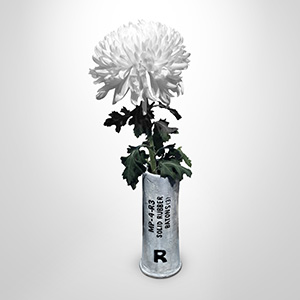
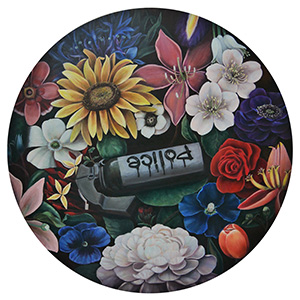

“Bloom Amid Violence #1” (2019)
“Bloom Amid Violence #2” (2020)
“Untitled” (2020)
– Bloom Amid Violence series, my home – Hong Kong which is undertaking a rebuilding into a new world, a world that justice and truth can be seen. Nowadays, we are connected and experiencing the same level of crisis, the pandemic; protest and police brutality happening globally. My artwork as a witness and wanted to express with a power of hope more than anything.
Lee Hau Yi, born in Hong Kong 1984, she graduated from the Bachelor of Arts in Applied and Media Arts in Hong Kong. She is a self-taught artist and creative designer who is fascinated by visual art. After traveling and working in London for a year, she set up her own working studio for commercial design work and painting. Her artworks explore the complexity context of life in a contemporary world, discursive diverse elements came from humanity, politics, moralities and ecology. Her artworks have been chosen and exhibited in several venues, including Taipei international illustration fair in 2019; Collective Impact group online exhibition curated by IKOUII and The Feminist Art Museum’s exhibit – Protest & Protect in 2020.
United Intelligence Lab
“C.AI.M” (2020)
The United Intelligence Lab considers AI to be the most transformative technology of our time that shapes the way we interact, create and think. With C.AI.M we want to study and exploit AI, unmasking its impact.
UIL is an ever growing group of people cooperating on the Critical AI Manifesto exploring the impact of machine learning on culture and society. UIL members are from all walks of life. Whether AI-dominion is something you secretly yearn for or desperately hope to escape from, one thing is for certain, the old vantage points on AI will for nobody suffice anymore. Join us in writing C.AI.M. Anyone is welcome, except if you are an AI.
Qiuwen Li
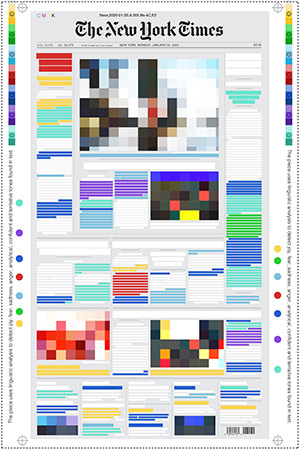
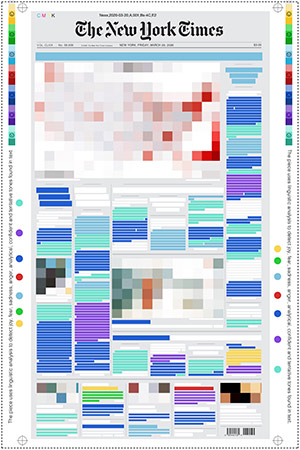
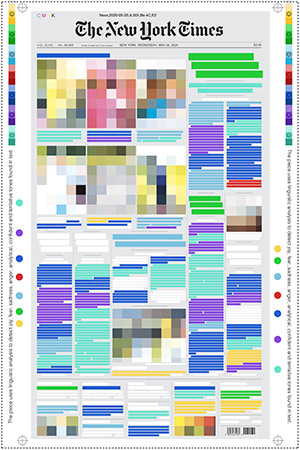
“Alone Together 2020_01” (2020)
“Alone Together 2020_02” (2020)
“Alone Together 2020_03” (2020)
Alone Together 2020 explores the interactions between mass media(newspapers) and emotions. It functions by encoding each phrase with different colors by using linguistic analysis to detect joy, fear, sadness, anger, analytical, confident and tentative tones found in text. The source material for Alone Together 2020 is specific: the New York Times on the 19th of every month in 2020 intended to remember who have died from COVID-19. The piece visualizes 2020, a year of uncertainty. The coronavirus crisis also leads to economic pressures, health crisis, social unrest around the world. Instead of reading articles by words and phrases, viewers will decode the piece through the color data. The purpose of this work is to explore questions like, “Is the news making us unhappy,” “Does emotions in the news harm the authenticity,” and “Does negative emotional news caught more attention than positive one in terms of the impact of emotion in news?”
Qiuwen Li is an assistant professor of graphic design in the Department of Art and Art History at Santa Clara University in CA, U.S. She also is the co-founder of emotionlab, a progressive research lab to create positive emotional experiences for people through innovative design approaches to human problems. Born in China, Qiuwen received her B.F.A. in Graphic Design from St. Cloud State University and received her MFA in Visual Studies from the Minneapolis College of Art and Design. As a Chinese woman living in the U.S., Qiuwen is in an in-between position, which also brings a distinctive perspective for her thinking, being and making. In Qiuwen’s designs, graphic elements (shapes, color, pattern, type) are constructed, deconstructed and then reconstructed in order to create a richer experience and extend their meaning. Qiuwen Li’s design has been exhibited at the MCSU Art Gallery of the Faculty of Art (Lublin, Poland), Cecelia Coker Bell Gallery (SC, USA), Conkling Gallery (MN, USA), Salmon Gallery (AL, USA), Paramount Center for the Arts (MN, USA), Washington Pavilion Visual Arts Center (SD, USA) and CHEAP street poster art festival (Bologna, Italy). Qiuwen has been recognized with several awards during her career including Winner of Design and Design International Award (Paris, France), Winner of Creative Quarterly in both Fine Art and Graphic Design Category (New York, USA), 1st prize in LAG Festival Poster Competition (Katowice, Poland).
Becky Beamer
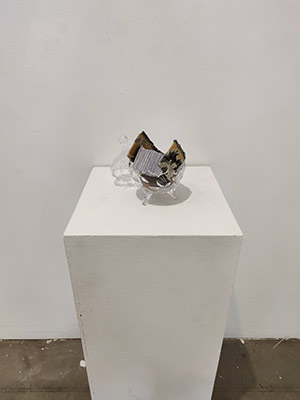
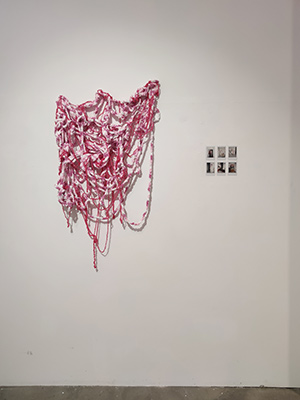

“No dates.”(2019)
“Nomadic Objectsessories” (2020)
No dates.
A glamorous glass exterior protects the hidden valuable history and resources while appearing to control the unpredictable environment of today.
The codex uses a link stitch binding, hand-torn recycled paper, and a removable cover made of a regional textile. The sand, glass vessel, and paper imagery are found objects from the United Arab Emirates. This sculpture is modular and can be displayed closed, open, or separated in pieces. No dates. represents one outsider’s perspective on the UAE’s environment and culture, uncomfortably stuck between a powerful desert and growing cityscapes. The glass container, a date fruit bowl, is prevalent in both Emirati households and in the hotel lobbies around the country. Dates are connected to the physical landscape and are also engrained into the social framework of the nation. The sand protects the codex and fills every crevasse just as the Bedouins experiences the environment before the country was established in 1971. There aren’t words on the pages of the book because this society was built on an oral tradition but, there are images, micro and abstracted snapshots from the natural landscape. The textile material on the cover was selected to match the sitting room of Emirates. The stories and historical documentation of my experience are stamped into the memory of the sand.
The bookwork welcomes visitors to tea and to encourage cultural self-reflection.
But, as the title suggests, an outsider is always an outsider.
Nomadic Objectsessories
Like many people in the age of COVID, I spend countless hours cooped up at my house. I wish I could travel and absorb new cultures and environments in person but, I’m stuck. We are stuck. So, I have momentarily stepped away from the material goods that define my life like clothing, jewelry, and makeup. I stripped down to my basic being.
I find myself staring at inanimate objects thinking about their worth. I can appreciate my toilet, the water cooler, and television for their materiality and design but, they are also now, my company. These objects are now my friends. They are meaningful to my life but, they are missing something… objectcessories.
An objectcessory is an accessory for an object. It’s a way to make it more attractive and remind the world of their importance in connecting me to the world. The object becomes an object of desire. The #objectcessories are one-size-fits-all. Objectcessories are built to travel, nomadic and they can “dress up” any deserving material object. What material objects do you appreciate in this unconventional time? Take a selfie and join the Instagram #objectcessories party. It’s universal.
Becky Beamer is an award-winning documentary filmmaker, Fulbright Fellow, and educator. Inequity is the connective tissue for her research that proves to redefines borders, preserve cultural identity, and support social justice issues. For over 15 years Ms. Beamer worked in documentary television for companies including National Geographic, Smithsonian, Discovery, and PBS. She received her BFA from Pratt Institute and an MFA in Book Arts from The University of Alabama. Currently, she is an Assistant Professor in the United Arab Emirates at the American University of Sharjah in the Art & Design Department with a specialty in Film, Photography, Book Arts, and Multimedia.
“I believe in the immortality of art & collaboration. Every adventure supplies new inspiration for artistic expression, content and process. With so many stories to tell, there’s no reason to stay in one place. My artistic practice reflects a multi-disciplinary background in documentary film, photography, book arts, and multimedia installations. Progress towards new knowledge must be unrestricted by conventional expectations and labels. The story dictates the medium. ” — Becky Beamer
Yuki Neo & Takemi Kitamura & Nobuko Tsuruta
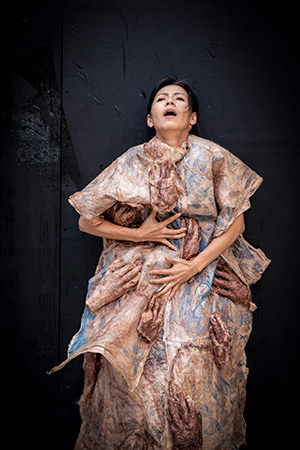
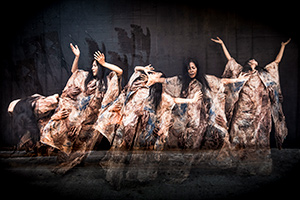
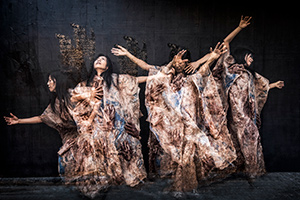
“PURGE 01” (2020)
“PURGE 02” (2020)
“PURGE 03” (2020)
PURGE
As the World’s transforming from the old to new, we feel our spiritual transformations need to be even stronger. Where are we going? What are we yearning for? Where do we belong? Should we let go? Our work is to find the vision in the transformation that we have not yet found. By purging and purifying the old, we believe the process will lead us to new imaginations and reality.
We collaborate to get inspirations from our environment and each other. We find insights and alchemies in our works of photography, video, fiber arts, and performing arts, by inspiring each other. We are looking for the transformations of our own images and beings, and to inspire individuals to find their own spiritual process.
The paper sculpture used for the costume is made of raw silk.
Silk is the life that silkworms create with their body. The process of spitting silk thread is reflected in the way we purge ourselves. The hands on the costume represent confession, guilt, anger and prayer.
The expressions were digitally photographed with multiple exposures to capture our spiritual process of purging, deconstruction of self, and decision making that we have to face moment by moment for the unknown future into one single image.
PURGE is the collaboration work by New York based artists, Takemi Kitamura, Yuki Neo, and Nobuko Tsuruta.
Takemi Kitamura is a performing artist and expressed the process of purging of the self and collective karma in this project. Takemi began her career as a dancer, but now has expanded into as a choreographer, puppeteer, and actor as well. Her credits include Blood Moon by Beth Morrison Projects, The Oldest Boy at Lincoln Center Theater, The Indian Queen, directed by Peter Sellars, Demolishing Everything with Amazing Speed by Dan Hurling, Shank’s Mare by Tom Lee and Koryu Nishikawa V, and Falling Out by Phantom Limbs Company.
Yuki Neo is the photographer who designed and created the multiple exposure photographs for this collaboration. She received an MS in Advertising from Northwestern University and has worked for major advertising agencies in both the USA and Japan. After 13 years of advertising life, she studied at The International Center of Photography in New York to begin a new career as a professional photographer. Her work has won her awards and acclaim and has been seen in Japanese publications, commercial websites, advertising, and several exhibitions in New York.
Nobuko Tsuruta is a fiber artist who created a costume with a raw silk sculpture for this project. She graduated Rikkyo University in Japan and worked in the fashion industry as a Brand director. After she moved to New York, she started weaving and got a certificate to become a SAORI weaving instructor. Nobuko’s unique style comes from her interactions with people through weaving. Since then she has held exhibitions in NY, Europe and Asia as a fiber artist.
Haeseung Yun
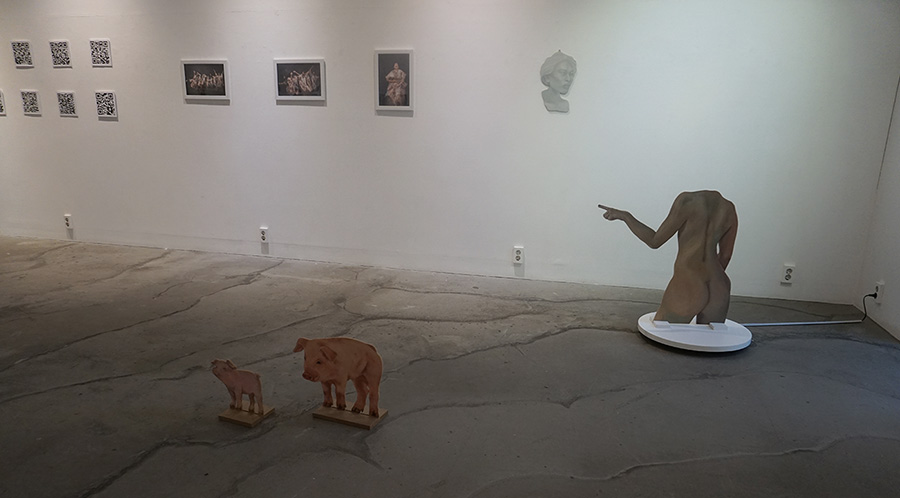
“Point of view” (2020)
“Statue” (2020)
“Childhood’s dream” (2020)
‘Point of view’, ‘Statue’, and ‘Childhood’s dream’ are all cut-off oil paintings created in 2020, inspired by the Greek mythology ‘Pygmalion’ story. ‘Point of view’ and ‘Statue’ are self-portrait works of the artist. The work ‘Childhood’s dream’ started with the artist’s desire to raise a tiny cute pig when she was eight years old, and eventually completed her dream as an artwork.
She often starts working from the idea of regrets or memories of her past and creates artwork as if it existed in this real world. Her desire that longs for something so much that wishes it to be happened sometimes makes us delude reality and fantasy. These works convey the impression of entering a scene to the audiences as a new role in a new space.
Haeseung Yun is currently based in the Republic of Korea, received a BA from Goldsmiths University of London. She has continued to record her moments and memories that individuals experience in our society through painting. She observes and records her surroundings, such as herself, family, friends, animals, and so on. Her artworks – which are often interpreted as just personal documentary- take new roles, especially in art museums and public places.
She is doing figurative paintings that simply record what she sees, but each painting is rearranged and reconstructed in a new space. Her cut-off paintings create unique scenes and stories by turning into a role player within the space. Her works, which seemed extremely personal, gradually blur the boundaries between public and private areas.
Jiaqi Li
“S̷E̷V̷E̷N̷ C̷H̷I̷V̷A̷L̷R̷I̷E̷S̷ (Seven Chivalries)” (2020)
S̷E̷V̷E̷N̷ C̷H̷I̷V̷A̷L̷R̷I̷E̷S̷ (Seven Chivalries) is a group of seven short videos, about 10s each, made by Jiaqi Li during the COVID-19 pandemic. He had to give up traveling and stayed in the US, thus he and his partner were separated. Jiaqi had more time than ever to think about the relationship with his partner. He tried to sing his childhood’s Cantonese love song and watch the old Disney cartoon. The element “Love” connects the songs, his voice, the cartoon, and lyrics typed in special fonts altogether.
“I have this feeling that Snow White in 1937 doesn’t understand love at all because the Prince seems like an asshole.
When I grew up and re-listened to childhood’s Cantonese love songs with new ears and re-watched Snow White and Seven Dwarfs with new eyes, I put myself in those shoes and understand something different.
Love has been the theme of a large part of songs. And love is what the 2000s’ cyber fonts most good at. Love is joyful. Love is painful. The 50/50 feeling co-exist with these special characters. And these songs prove my heart.”
Jiaqi Li is a visual artist. He uses pictures/images as material to challenge the existed visual experience. He is obsessed with the humor brought by the deception of the image, which is all around us, exists as tricks, camouflage, or ideal vision, and is easy to be produced and circulated. He claims to be a pessimist who pretends to be an optimist, a realist who pretends to be an idealist. After receiving his BFA from China Central Academy of Fine Arts in 2019, and exchanged to Glasgow School of Art (2017), Li is currently pursuing his MFA at School of the Art Institute of Chicago with full scholarship supported by the Chinese Scholarship Council. His first and second solo shows in Glasgow (2017) and Chicago (2020) respectively, questioned the artist’s role in society. Li entered the group show “ASA-XYZ Young Artist Award Nomination Exhibition” (2018) and the “2018 Art Nova 100” Opening Exhibition in Guardian Art Center in Beijing as a young artist. In 2020, he received School of the Art Institute of Chicago’s Clay Morrison Scholarship, which encourages graduate students to study art originating from beyond the academic mainstream.
Gina Peyran Tan
“Daimon Moving Image” (2020)
“Diamond website” (2020)
Daimon is a moving image artwork by Gina Peyran Tan in the form of a text-based documentary that is a round-up from science and technological websites. The attempt was to generate a video that debunks AI myths and highlights how damaging AI biases can be. The artwork was meant to be accessible to anyone, with no particular technical background, and the idea came to disseminate the video via Twitter, by joining conversations to introduce the video artwork. The question was: to which tweet to reply to?
For that purpose, Gina approached Olivier Peyran, an AI scientist, to create an AI, called dAImon, that could mimic Gina’s decision to reply or not to a given tweet. The AI was trained by thousands of tweets, which she classified in various categories. Since the beginning of the year, @watch_daimon has replied to thousands of tweets, gathered millions of Twitter impressions and even tens of followers, across all continents.
Using a real AI was a sort of “project lab”, not from a technical point of view, but a societal one: the process of designing the AI was documented, with all its flaws and shortcomings; the bias of dAImon was analysed. From their discussions on what a “true” AI might one day be, dAImon creators realised that they could implement the very first step of an independent artificial being: self-sufficiency. As of today, the cost to operate dAImon’s functionalities (computing and web resources) is covered by donations. Because the whole process of donation and billing is fully automated, no human intervention is necessary, making dAImon truly self-sufficient.
dAImon has become an art project on its own, a case study on what AI is and what it is not. It is a reflection on identity and on what the future of AI might be. It resides at https://daimon.watch.
Working across different mediums, Gina’s practice draws insights from literary and philosophical sources and the everyday environment- to explore the existential, cultural and political response of individuals, including her own, to our ever heterogeneous society. Her diverse subjects addressed a plurality of inquiries; love, creativity, freedom, mortality and corporeality. Working mostly with video format at present, she documents and locates these social shifts of our everyday existence, moods and transitory states. Her work captures a sense of impermanence, traces emotions, translating a human experience grounded in tension, ineffability and the constant state of flux.
Kajin Kim
“Maneki Neko” (2019)
Maneki Neko explores how the superstitious and consumerist desires associated with Maneki Neko, a lucky cat charm are derived from the same phantasmatic search for comfort—creating a talismanic image, as an extension of the imagination, to compensate for the deficiencies existing in reality and consuming the commodified image in an effort to improve your mood, rather than any practical purpose. This quest may just be a momentary illusion, but it has accumulated over time into a collective obsession. The object becomes something that the subject attaches to, worships, and feels fulfilled by. Thus, creating a cheapened idolatry, transient addictive euphoria protects people from harm by removing them from sites of contestation.
Kajin Kim is a video artist currently living and working in New York. Her recent projects explore how the immersion into digital images mediates communicative access and builds psychic connections between people. By observing a trend or mass-produced phenomenon, she investigates the way image is building a sense of attraction to it, coopting investigation of the self and seeking after intimate relationships. Kajin earned a BFA in Sculpture from Hongik University in Seoul, South Korea with the highest distinction and now she is pursuing an MFA in Combined Media at Hunter College, The City University of New York. She received Fulbright Graduate Study Award in Fine Arts from Fulbright Foundation. She has been featured in various group exhibitions in Korea, Japan, Germany and the US.
Maura McCreight & Ursula Biemann
“Sahara Chronicle” (2006-2009)
Sahara Chronicle (2006-2009) involved field trips to the transit migration hubs in Agadez and Arlit in Niger, in the Libyan desert, on the Algero-Moroccan border; Mauritania and the Western Sahara as well as the harbor where clandestine boat passages leave from Senegal to the Canary Islands.
Transit migration through the Sahara is a large-scale collective experience that is best understood, perhaps, in its systemic dimension. Highly adjustable, these movements have generated prolific operational networks, systems of information and social organization among fellow migrants as well as interaction with local populations. The long-term video research Sahara Chronicle works with a notion of geography both as social practice and organizing system. The project is an open anthology of videos on the modalities of migration across the Sahara. It introduces the migration system as an arrangement of pivotal sites, each of which having a particular function in the striving for migratory autonomy, as well as in the attempts made by diverse authorities to contain and manage these movements.
Maura McCreight is a PhD Candidate in Art History at The Graduate Center, CUNY in New York and teaches Art History at Brooklyn College, CUNY. Her research explores the circulation of images within political and artistic networks of exchange between North Africa and Europe, with a focus on women combatants and political prisoners from the National Liberation Front (FLN) during the Algerian War of Independence (1954-62). She has an ardent interest in photographic forms that uphold ontologies of storytelling, and non-traditional art mediums that mobilize aesthetics as a tactic of insurgency against state repression. She is also an activist whose previous projects include conducting legal support for protestors and political prisoners and is currently focused on abolition work that supports incarcerated survivors of gendered and sexual violence.
Ursula Biemann (born 1955, Zurich, Switzerland) is an artist, author, and video essayist. Her artistic practice is strongly research oriented and involves fieldwork in remote locations where she investigates climate change and the ecologies of oil, ice and water. She works the findings into multi-layered videos by connecting the micropolitics on the ground with a theoretical macro level, proposing a reflexive exploration of planetary and videographic organization. Biemann received her BFA from the School of Visual Arts (1986) in New York and pursued post-graduate studies at the Whitney Independent Study Program (ISP) in New York where she lived most of the 1980s. She returned to Switzerland in 1990. Until 2014 she was a senior researcher at the Zurich University of the Arts (ZHdK) and continues to give lectures and seminars worldwide. Biemann is appointed Doctor honoris causa in Humanities by the Swedish University Umea (2008). She has received the 2009 Prix Meret Oppenheim, the Swiss Grand Award for Art and the 2018 Prix Thun for Art and Ethics. She is on the board of the academic journal GeoHumanities.
